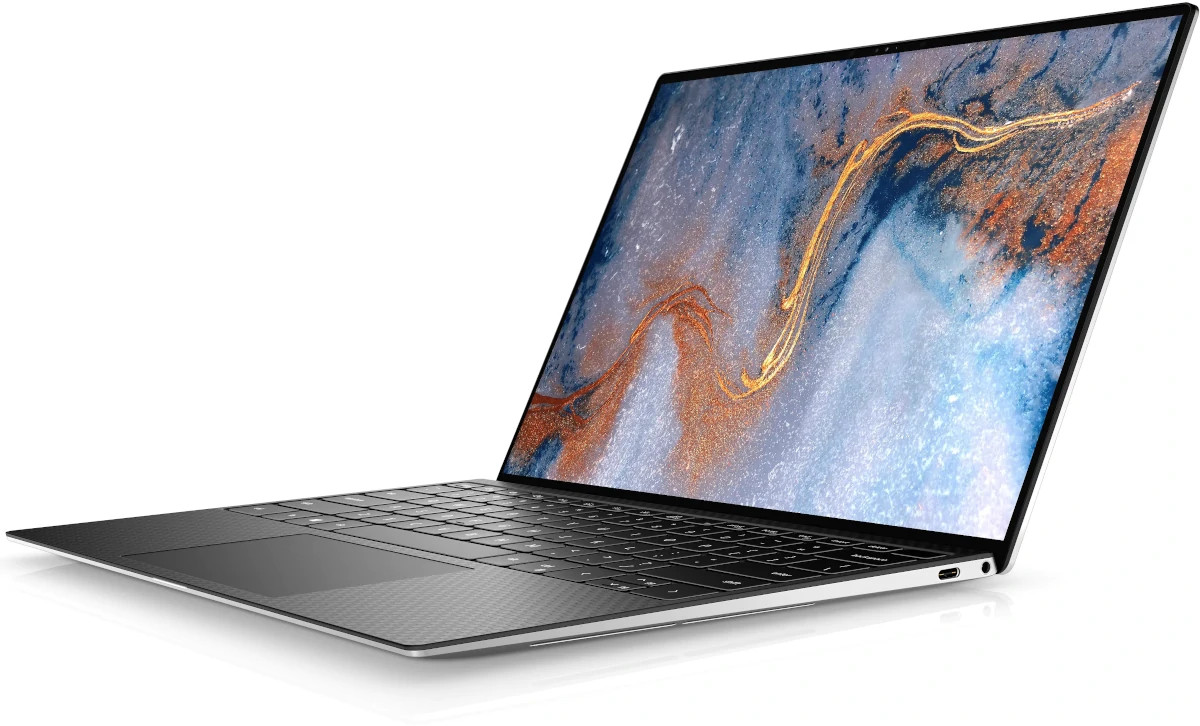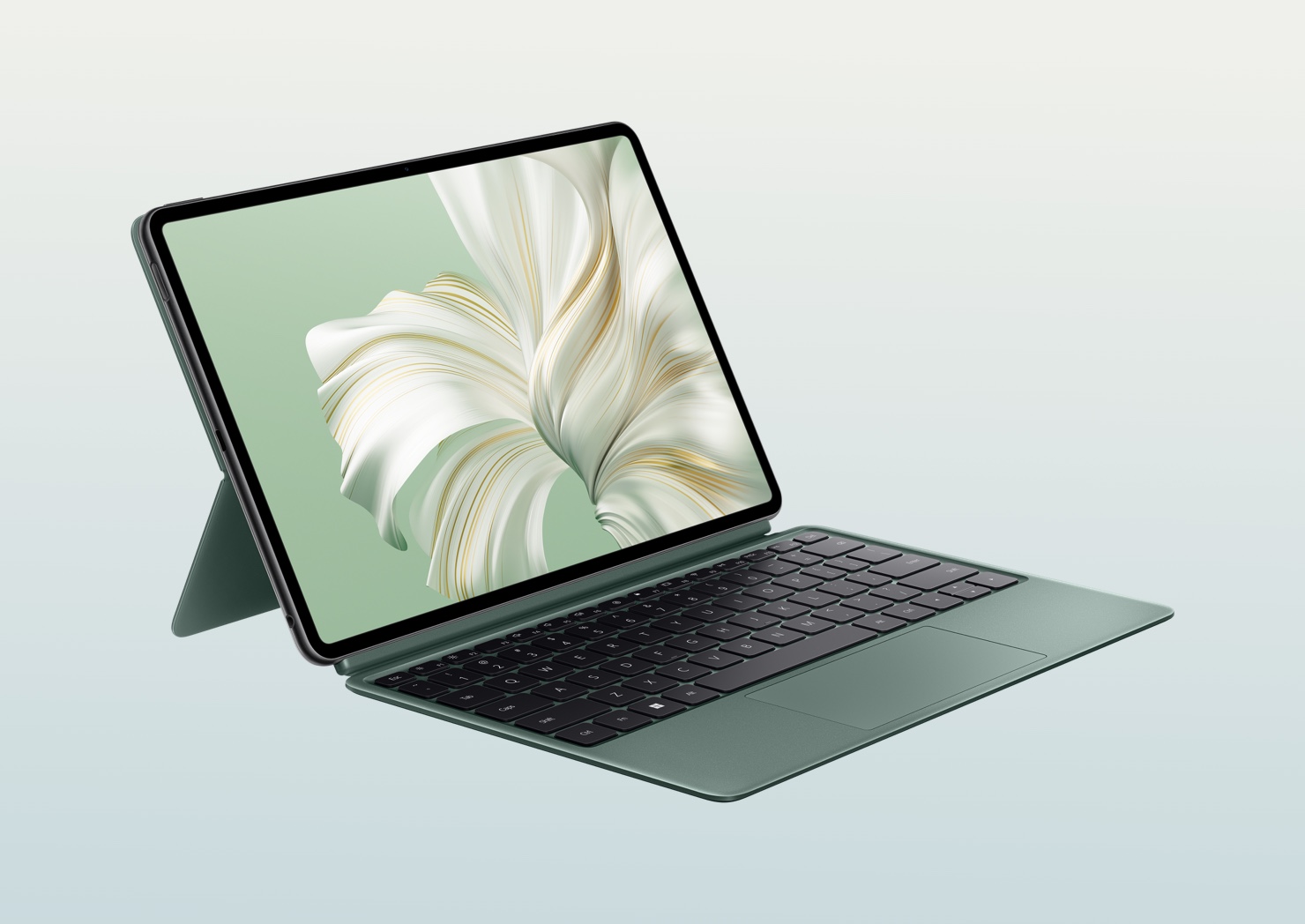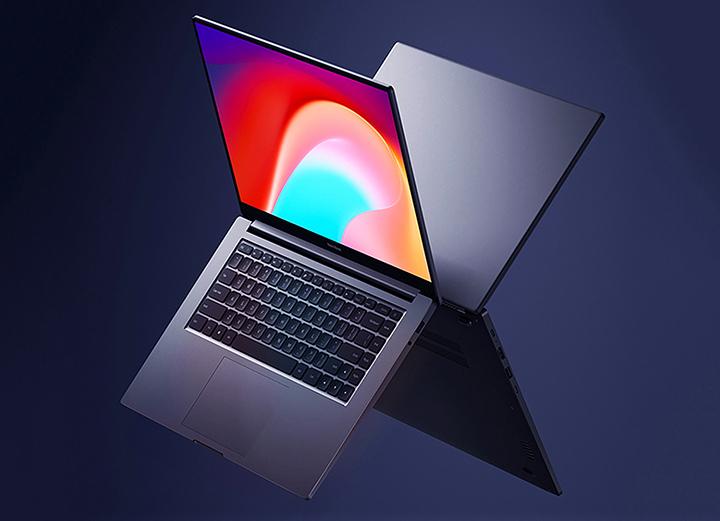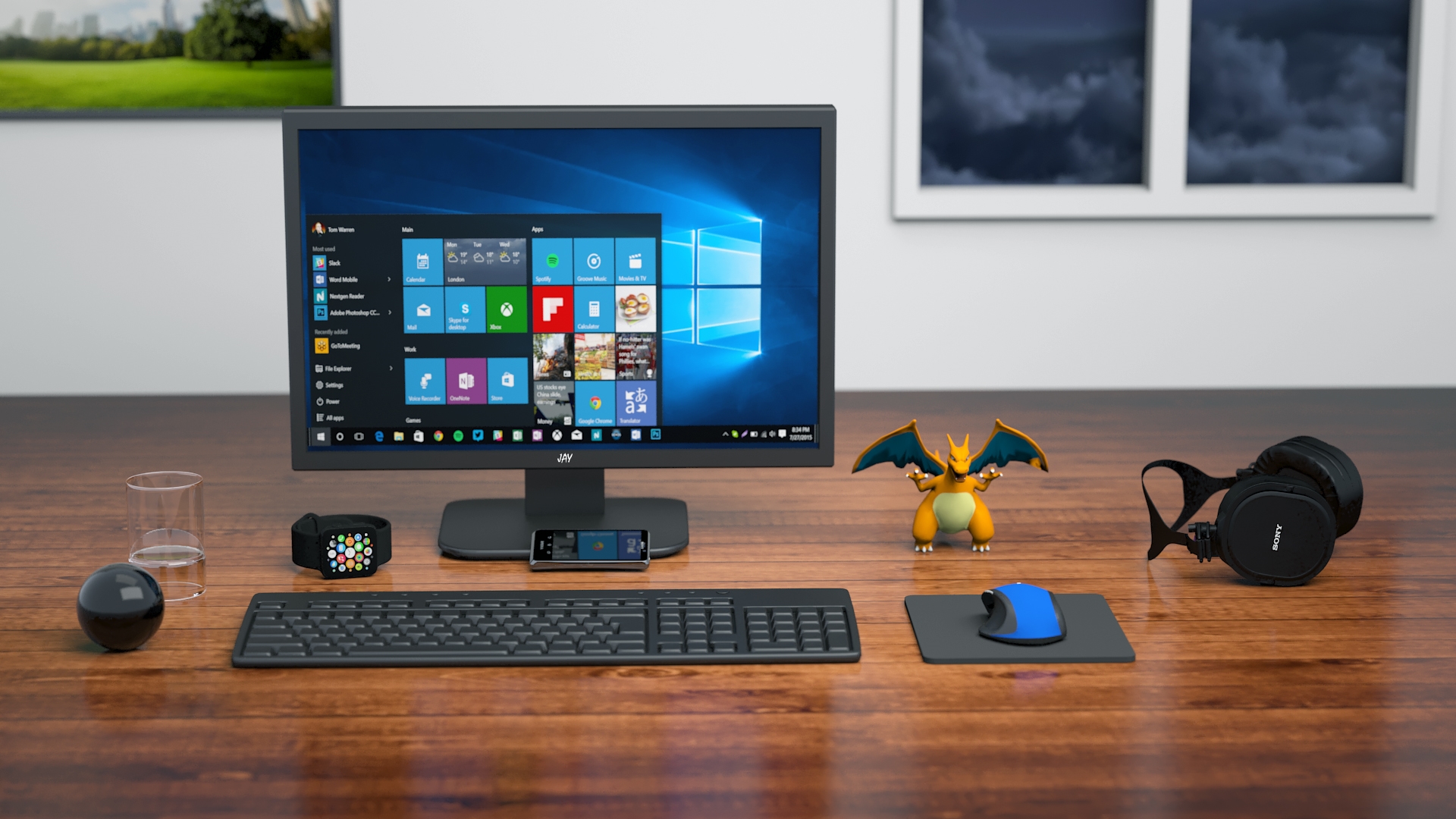With the release of Windows 11, Microsoft has introduced several enhancements to the operating system’s user interface and functionality. One of the key features that has seen significant improvement is the virtual desktops experience. Virtual desktops in Windows 11 allow users to create multiple, separate workspaces on the same machine, making it easier to organize apps and windows based on different tasks or projects. To help you navigate this feature efficiently, we present some practical tips and tricks for switching between desktops in Windows 11.
Understanding Virtual Desktops in Windows 11
Before diving into the specifics of navigation, it’s critical to understand what virtual desktops are and how they can improve your workflow in Windows 11.
Organization and Focus
Virtual desktops offer a way to declutter your digital workspace by grouping related tasks together. For instance, you can have a desktop for work, another for personal use, and a third for entertainment or hobbies. This separation helps to maintain focus and minimize distractions by hiding unrelated windows and applications from your current view.
Creating and Managing Virtual Desktops
You can create a new virtual desktop by clicking on the Task View button on the taskbar (or pressing Win + Tab), then selecting the New desktop button at the top of the screen. To manage your virtual desktops, you can rename them, reorder them, or change their background to help differentiate between them visually.

Once you’ve set up your virtual desktops, navigating between them quickly and effortlessly is crucial to enhancing your productivity.
Keyboard Shortcuts
Keyboard shortcuts are the quickest way to switch between virtual desktops. The primary shortcuts you should remember are Ctrl + Win + Left/Right Arrow to move to the previous or next desktop, and Ctrl + Win + D to create a new desktop instantly. Learning these shortcuts can save you time and keep your hands on the keyboard, which is often faster than using the mouse.
Touchpad and Mouse Gestures
For those who prefer using a touchpad or mouse, Windows 11 offers intuitive gestures to navigate between virtual desktops. On precision touchpads, you can use a four-finger swipe left or right to switch desktops. If you have a mouse with a scroll wheel, clicking on the Task View button and then scrolling can also cycle through your desktops.

Personalization options in Windows 11 allow you to tailor the virtual desktop experience to your preferences, making navigation more intuitive for how you work.
Renaming and Customizing Backgrounds
To make each desktop easily identifiable, consider renaming them to reflect their purpose (e.g., “Work,” “Research,” “Gaming”). Additionally, applying different wallpapers to each desktop can quickly signal which workspace you are viewing. These personal touches not only help in navigation but can also boost your mood and productivity by creating an environment that you enjoy.
Using Snap Layouts and Snap Groups
Windows 11 introduces Snap Layouts and Snap Groups, which complement the virtual desktops feature by organizing open windows into efficient layouts. When switching between desktops, your Snap Groups remain intact, allowing you to quickly pick up where you left off on a specific desktop.

For power users looking to take full advantage of Windows 11’s virtual desktops, there are advanced techniques to further streamline navigation and desktop management.
Moving Windows Between Desktops
Sometimes you may want to move an application window from one desktop to another. You can do this by opening Task View, right-clicking on a window, and selecting the Move to option followed by the desired desktop. This ability to reorganize on the fly helps maintain an efficient workspace.
Using Third-Party Tools
While Windows 11 offers robust virtual desktop capabilities, there are third-party tools available that can provide even more control and customization. These tools may offer features like additional shortcuts, automated desktop switching based on time or activity, and more nuanced desktop management options.

Optimizing Desktop Usage for Task Segmentation
To make the most out of Windows 11’s virtual desktops, it’s essential to consider how you segment your tasks across different desktops. This strategy can significantly affect your ability to stay organized and transition smoothly between different types of work.
Strategic Task Allocation
Begin by identifying the different categories of tasks you perform on your computer. For example, you may have tasks related to work, personal administration, learning, and entertainment. Once these categories are clear, dedicate a virtual desktop to each one. Within these desktops, open and arrange the applications and documents you frequently use for the associated tasks. By doing this, you can minimize the cognitive load of searching for the right applications and files, as everything is pre-arranged in a context-specific space, enhancing your focus and efficiency.
Consistency in Desktop Arrangement
Maintain a consistent layout for applications within each virtual desktop. For instance, always open your email client on the left side of the screen and your work project on the right. Over time, this consistency will train your muscle memory, allowing you to navigate your virtual workspaces with little conscious thought. The less mental effort required to switch contexts, the quicker and more productively you can work. It’s also helpful to close or minimize windows that are not in use to keep each desktop uncluttered and distraction-free.

Leveraging Virtual Desktops for Collaboration and Communication
In a world where remote work and digital collaboration are increasingly prevalent, virtual desktops can play a significant role in managing communications and collaborative projects effectively.
Designated Communication Desktop
Consider dedicating one of your virtual desktops solely to communication tools such as email, instant messaging, video conferencing, and social media. By isolating these potential distractions, you can control when and how you engage with communications. Instead of responding to every notification immediately, allocate specific times of the day to switch to your communication desktop and address messages and emails. This approach can help you stay connected without letting communication tools interrupt your deep work sessions on other desktops.
Project-Specific Desktops for Collaboration
When working on a collaborative project, create a virtual desktop specifically for that project’s resources, such as shared documents, project management software, and relevant research. Invite your team members to organize their virtual desktops in a similar fashion. This shared organizational structure can streamline collaborative efforts as team members can quickly switch to the project desktop when it’s time to focus on group tasks. This not only aids in maintaining a shared sense of order but also encourages collective immersion in the project, potentially leading to more innovative solutions and a cohesive working experience.
In conclusion, virtual desktops in Windows 11 present a powerful way to enhance your productivity by allowing you to organize your digital workspace into more manageable and focused areas. By mastering the tips and tricks outlined in this article, such as using keyboard shortcuts, personalizing your desktops, and employing advanced management techniques, you can navigate between desktops with ease and make the most of this versatile feature. Whether you’re a casual user or a power user, taking the time to customize and familiarize yourself with virtual desktops is a step toward a more streamlined and productive computing experience.